- 11 Best Long Planter Boxes to Enhance Your Garden With - January 5, 2024
- Best Bulb Planters That You Should Consider for Your Garden - January 5, 2024
- Best Fiberglass Planters That Will Look Marvelous In Your Home - December 31, 2023
Summer is never complete without having eaten a freshly sliced watermelon. Whether you enjoy it fresh or chilled, a slice of jubilee watermelon is sure to help you cool down a lot during the hot summer months. Or wash away the decadent flavors of a summer barbecue.
If you have a huge patch in your yard and you’re not growing anything in it, give jubilee watermelons a try. If it’s your first time, then you’re in luck: here are the ways for you to grow this vine that produces all those large fruits that we all love.
Sit back and learn more about how to grow jubilee watermelon in your own backyard.
How to Identify Jubilee Watermelon
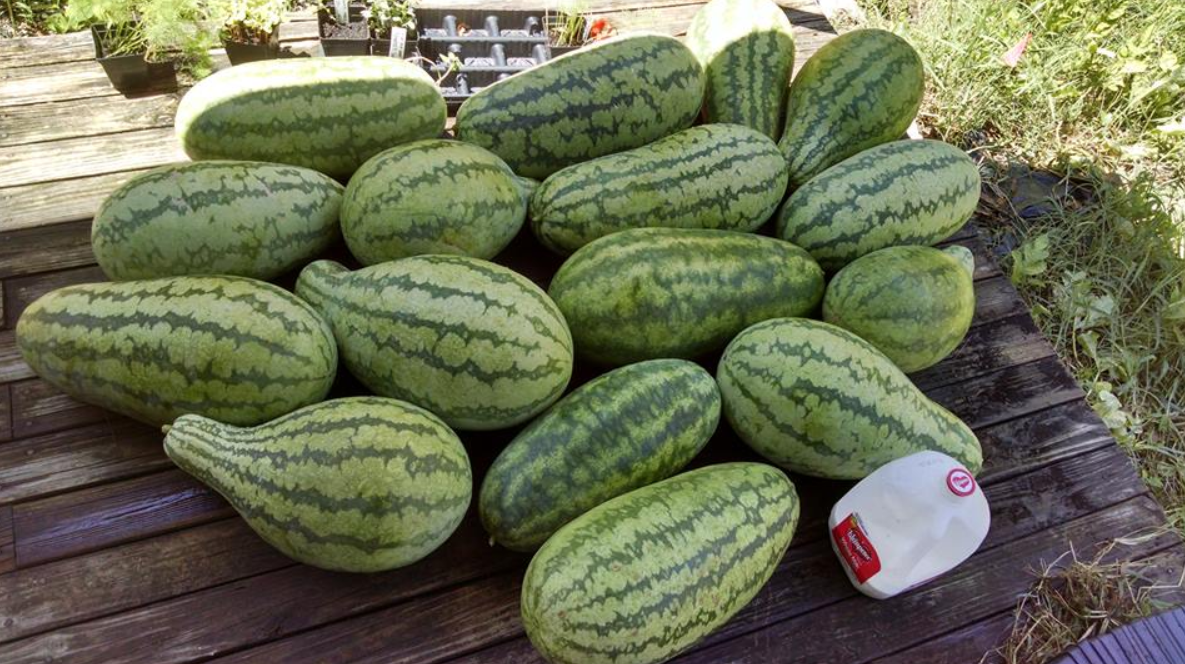
Jubilee watermelon, italic; font-variant: normal; texCitrullus lanatus, looks just like any other watermelon except for its elongated shape. Instead of the spherical shape of the typical watermelon, the jubilee is more of an oval and elliptical.
You know what that means: You get more watermelon goodness with a jubilee. This long vine produces fruits that weigh anywhere from 25 to 40 pounds (11 to 18 kilograms).
These fruits have a combination of dark green and light green colors. The insides are bright pink or red, with seeds lining the flesh.
The flesh is edible and can be very sweet. The fruit can take up to 90 to 100 days to mature. However, the sweetest jubilee watermelons are the mature ones, so it is worth the wait.
How to Grow Jubilee Watermelon from Seed
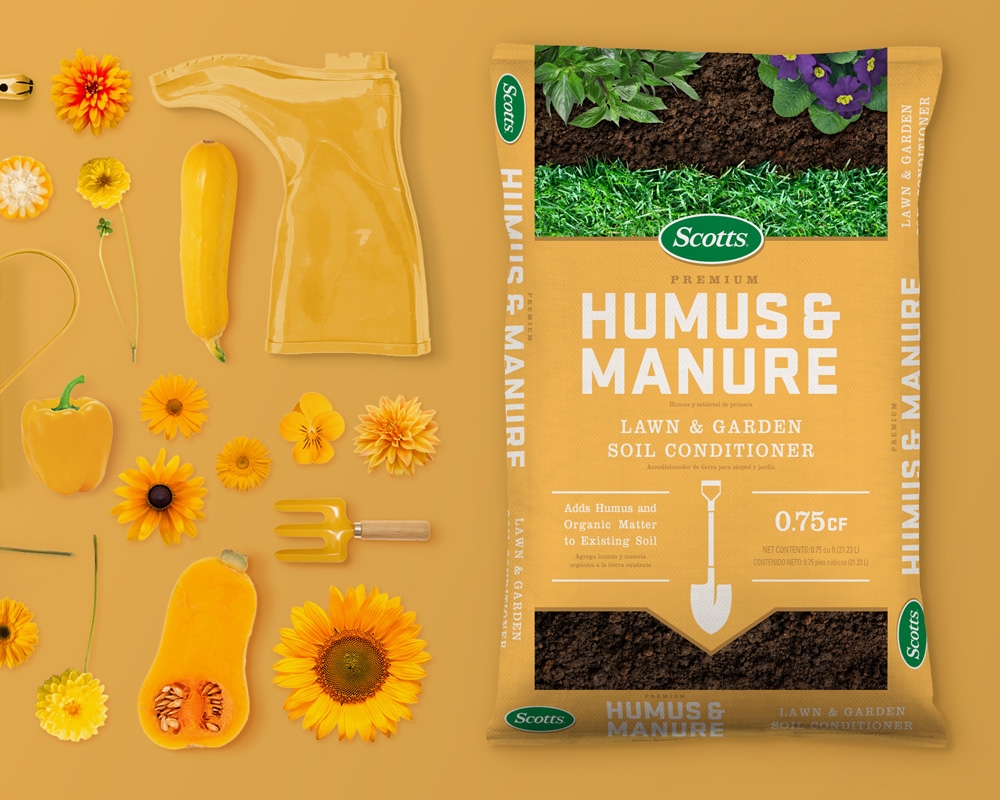
The key to success when planting jubilee watermelon seeds is to plan ahead and the best spot for your plant. First off, you will need a wide area because these watermelons like to spread the vines far and wide.
You should also choose somewhere in your yard that receives a lot of direct sunlight. Rich soil with a lot of nutrients will also help your jubilee watermelon grow healthily.
According to SFGate Hdome Guides, you should augment the soil with around three inches (7.6 centimeters) of organic matter while keeping the pH between 6.0 to 7.0. The organic matter, such as compost, humus, or plant residues:
- Helps the soil maintain its pH levels
- Makes the soil better draining
- Makes clay soil less sticky
- Prevents surface crusting, which makes it easier for the seeds to germinate
- Gives your jubilee watermelon the nutrients it needs, including calcium, potassium, and magnesium.
- Helps in the decomposition of the minerals in the soil, so they are readily available for your plant to use
Here are the products we recommend to add to your soil:
- Scotts Organic Group Premium Humus and Manure
- Fishnure Organic Soil Conditioning Fish Manure Humus Compost Plant Fertilizer
- Michigan Peat 5240 Garden Magic Compost and Manure
Raised Rows
Using raised rows is another way to give your jubilee watermelons the nutrients they need to grow and thrive. You can use mulch, organic matter, and cover crops to create raised rows. This will condition the soil for better and bigger vegetables and fruits.
You can learn how to create raised rows plots here:
How to Plant Jubilee Watermelon Seeds
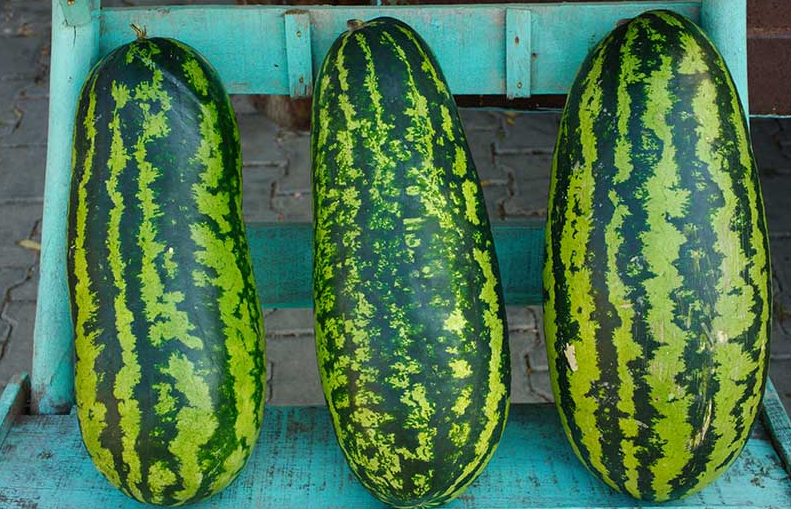
One valuable tip when planting jubilee watermelon seeds is to wait for a warm day. You should get the soil up to at least 70 degrees Fahrenheit (21 degrees Celsius). Bury the seeds about an inch (2.5 centimeters) deep into the ground. You should allow for three to five feet (91 to 152 centimeters) of space between the seeds. This spacing will help the vines get all the room they want.
Even though you can harvest dozens of seeds from a single watermelon, you should only plant about five or six seeds per row. Even then, you will still need to remove the weaker seedlings and keep only the strongest Jubilee watermelon plants.
Further, the ideal temperatures range from 80 to 90 degrees Fahrenheit (27 to 32 degrees Celsius) to get the seeds to germinate. You will also have to constantly water the seeds until you see the seedlings poking through the soil.
When you see seedlings peeking out, you can lower the temperatures and water less frequently.
Jubilee Watermelon Growing Conditions
As with any plant, the trick to keeping your jubilee watermelons alive is to make sure that they get the care they need.
Jubilee Watermelon Potting & Soil
While it’s best to plant your jubilee watermelon directly into the ground, you can also grow them in a pot. However, you will still need to transplant the seedlings to your garden or vegetable plot when it grows. Some people start growing their jubilee watermelons in pots to get the most out of the hot days. You can just put the seeds in small or flat pots.
To get great results, sow up to three seeds for every pot. Again, you should ensure that the seeds get around 80 to 90 degrees Fahrenheit (27 to 32 degrees Celsius). Once the seedlings sprout, you should choose which of the three look strongest and get rid of the weaker ones. Doing this will help the young seedling is not competing for water and nutrients.
Jubilee Watermelon Water Requirements
Jubilee watermelons need one to two inches (2.5 to 5.1 centimeters) of water a week from the moment you plant the seeds to when the fruits begin to form. You should keep the soil moist at all times, but do not make your jubilee watermelons stand in water.
Another thing to avoid: overhead watering. You should not get the leaves wet, so be very careful in watering the base of the vine. To get the sweetest jubilee watermelons, reduce watering once the fruits form. Dry conditions are necessary for your watermelons to be sweet.
Jubilee Watermelon Light Requirements
Your jubilee watermelon will appreciate getting full sun exposure. That means that you should plant it in a location that gets eight to 10 hours of sunlight every day. You cannot put a jubilee watermelon in the shade. It might survive partial shade, but you will not be rewarded with sweet fruits.
Best Jubilee Watermelon Fertilizer
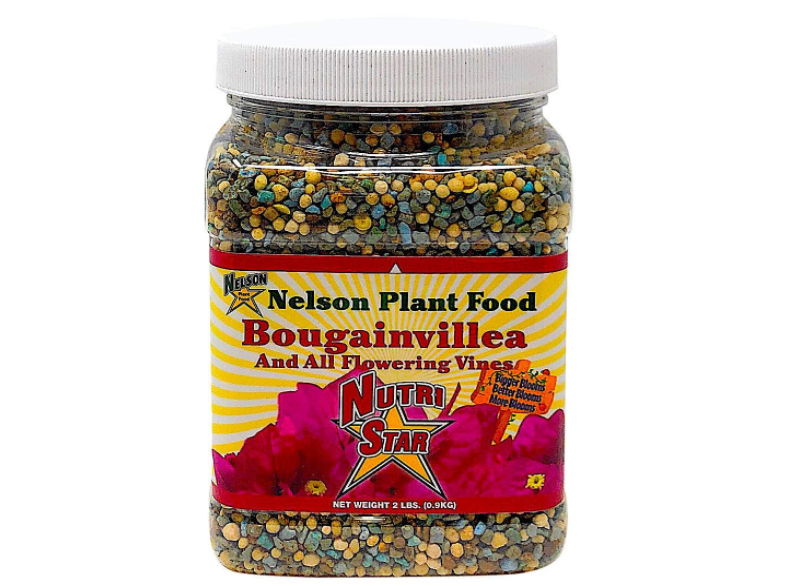
While your jubilee watermelon doesn’t need fertilizing, you might still want to feed it to have a bumper crop of sweet and juicy fruits.
Fertilizing your jubilee watermelon is usually done when you plant it, usually applying fertilizer to the soil before you sow the seeds. If you missed out on doing that, you could apply diluted fertilizer when you water.
When your jubilee watermelon begins to fruit, you can spray fish emulsion or compost tea to help it along. Or you can side-dress your jubilee watermelon by applying 0.25 pounds of fertilizer beside the plant.
According to The Old Farmer’s Almanac, watermelons generally appreciate a fertilizer that delivers more nitrogen than potassium or phosphorus. A product such as the Nelson Plant Food For All Flowering Vines with an NPK ratio of 17-7-10 will help the young vine grow better and produce more leaves.
However, once your jubilee watermelon starts to blossom, you should switch to a fertilizer with less nitrogen so your plant will produce more flowers and fruits than foliage.
Products like these two are highly recommended:
- Jacks Classic No.1.5 10-30-20 Blossom Booster Fertilizer
- Lilly Miller Morcrop Tomato & Vegetable Food 5-10-10 Fertilizer
Another good idea is to use a seaweed-based fertilizer for your jubilee watermelon. Get something like the Bloom City CleanKelp Premium Sustainable Sea Plant Extract to provide more nutrition for your watermelons without the risk of overapplication.
Best Jubilee Watermelon Companion Plantings
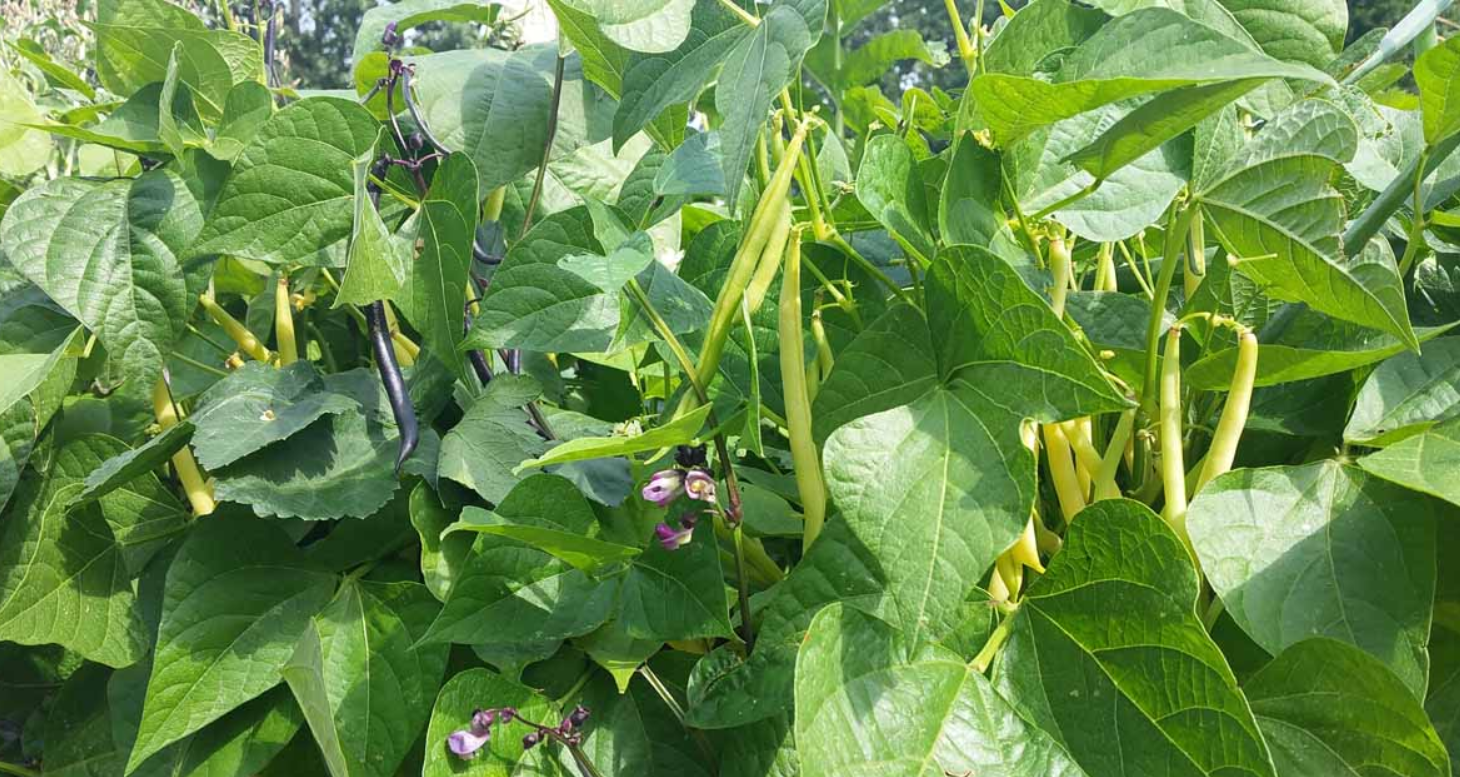
Generally, there are three ways companion plants can help your jubilee watermelon. First, some plants like bush beans or pole beans can help fix nitrogen and enrich the soil.
Plus, companion plants either keep pests away or attract helpful bees to your watermelon. Just make sure that these neighboring plants are not casting shadows on your jubilee watermelons.
Best Companion Plants to Keep the Pests Away
As we’d discuss, later on, cucumber beetles and aphids are two of the biggest threats to your jubilee watermelon. The good news? You can keep both of these away by planting nasturtiums.
These plants are easy to grow and can give your watermelon plot a touch of jewel-like colors. The flowers and leaves are also edible.
If you want a more sustainable way to keep cucumber beetles and aphids away, then planting nasturtiums is the best way to do it. But if you don’t like nasturtiums, other plants can help you.
Aphids hate catnip, dill, garlic, and mint. Meanwhile, cucumber beetles will keep away from your jubilee watermelon if you plant:
- Broccoli
- Corn
- Marigolds
- Radishes
- Tansies
You can also rule out plants and avoid planting near your jubilee watermelons if you want to ward these insects away. For example, you should keep cucumbers, summer squash, winter squash, pumpkins, and other Cucurbitae plants away from their cousin watermelon to keep the cucumber beetles away.
To avoid attracting aphids to your watermelons, don’t plant the following:
- Potatoes
- Roses
- Sunflowers
Best Companion Plants for Pollination
Jubilee watermelons have both male and female flowers growing on the same plant. If you want it to go from flowers to fruits, you will need to attract bees to your watermelons.
Lavender, borage, and marigold are the best way to attract bees to your watermelons. Not only that, but these three also bloom continuously and intermittently, so your watermelons will have a steady supply of bees to pollinate their flowers.
Jubilee Watermelon Diseases and Common Problems

Melon aphids, or Aphis gossypii, tend to suck the nutrients from the plants by feeding on the tip of vines or the underside of leaves. The leaves can turn yellow and die before their time. These insects can also cause the leaves to curl, making the plant less able to photosynthesize.
Aphids can also leave honeydew, which makes your jubilee watermelon more susceptible to sooty mold. It can also transmit viruses.
If you have melon aphids, you can introduce some of its natural enemies into your watermelon patch. For instance, you can encourage flower flies, ladybird beetles, or wasps to prey on these aphids.
You can also use insecticides to help stamp out aphids. Products like the GrowSafe Bio-Pesticide: Insecticide, Miticide, and Fungicide can help kill these insects and prevent them from transmitting fungi to other plants.
Cucumber Beetles
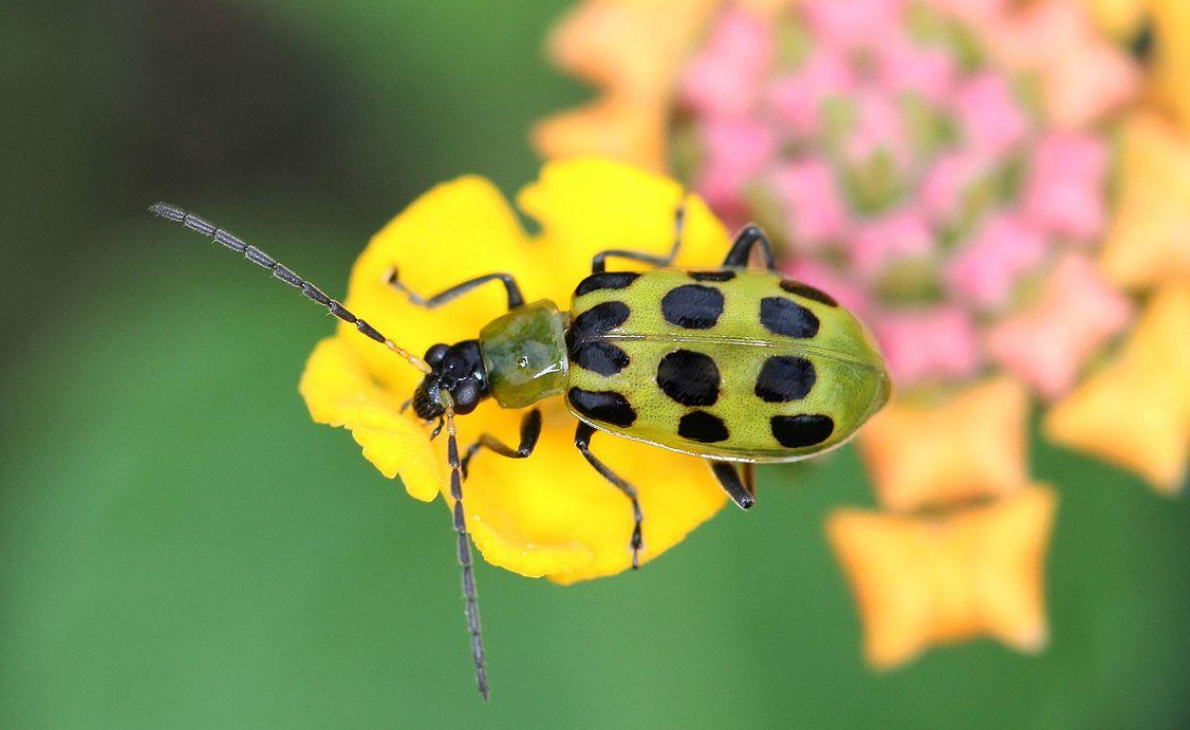
Striped or spotted, cucumber beetles can damage the leaves by feeding on them. They can also cause girdled stems or scarring on your jubilee watermelons. In short, these insects can easily attack any part of your watermelons, cucumbers, melons, pumpkins, squashes, and even tomatoes.
But even as they feast on your jubilee watermelons, that’s not the biggest problem with these insects. You should worry more about the bacterial wilt that they bring. Bacteria from these insects stomach gets into your jubilee watermelon, and it kills the leaves as it spreads. It can eventually kill the whole plant.
Further, cucumber beetles can also bring cucumber mosaic virus. As such, these insects are one of the most destructive when it comes to your jubilee watermelon. You can control these insects by covering young seedlings with floating row covers. Another idea? You can plant later in the season so that the beetles will already infest other watermelons in your area.
If you suspect bacterial wilt, prune the affected areas and then destroy these. You can also pick the cucumber beetles by hand and squash them. You can also cover the ground with plastic, fabric, hay, or straw mulch. This will prevent these insects from laying eggs around your jubilee watermelon.
Animals
Rats and mice can also eat the seeds of your watermelons. On the other hand, dogs, deer, coyotes, and raccoons can wreak havoc and eat ripe watermelons.
Coyotes can be scared off with carbide guns, loud noises, and lights. Sometimes, the problem is crows making holes in the fruit.
Other Pests and Diseases You Should Worry About When Growing Jubilee Watermelons
Blossom end rot is a disease that develops when your jubilee watermelon lacks calcium. The bottom end of your plant’s fruit breaks and rots, so you end up with bad or fewer watermelons.
Calcium deficiency in your jubilee watermelons can be caused by several things, including:
- Inherently low calcium levels in the soil
- Using a fertilizer with too much nitrogen
- Your soil is too acidic or alkaline
- The high salt content of the soil
- The roots of your jubilee watermelon have been damaged
- Fluctuations in soil moisture
Another disease you should watch out for is fusarium wilt, which is caused by a certain type of fungus. This disease will cause stunted growth in your jubilee watermelons.
The leaves will be paler green before they turn completely yellow. At this point, the leaves will die and wilt. If your jubilee watermelons develop fusarium wilt, it’s best to prune the affected parts. You can try getting rid of fusarium wilt using soil fungicides.
Jubilee Watermelon Treatments and Maintenance
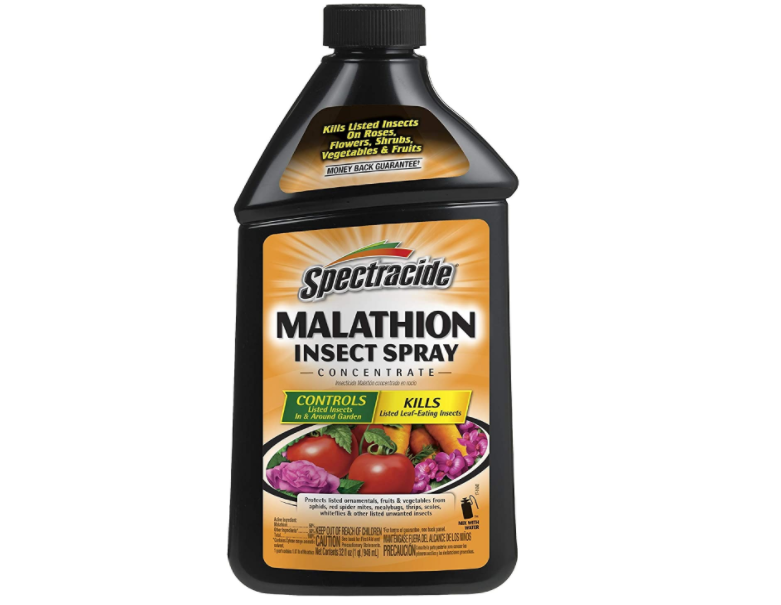
When growing jubilee watermelon, you will need to keep the cucumber beetles away from your plant. Use an insecticide with malathion such as:
- Spectracide HG-30900 Malathion Insect Killer
- Ortho MAX Malathion Concentrate Insect Spray
- Southern Ag 07663 MALATHION 50% E.C. Broad Spectrum Insecticide
Also, remember that bees are the main pollinators of jubilee watermelons. If you don’t see any bees near your watermelon plants, you might want to bring in a beehive to help things along.
Further, you should prune defective watermelon fruits. If you notice a misshapen fruit or those suffering from blossom end rot, you should remove them to save the remaining.
If you want bigger jubilee watermelons, you should prune the fruits even when perfectly shaped, leaving only two (or maybe three) fruits on each plant.
Adding Boron
You can make your jubilee watermelons sweeter if you add boron. What’s more, this mineral will increase the chances that the flowers will turn into fruit.
Where to Buy Jubilee Watermelon Seeds and Mature Plants Online
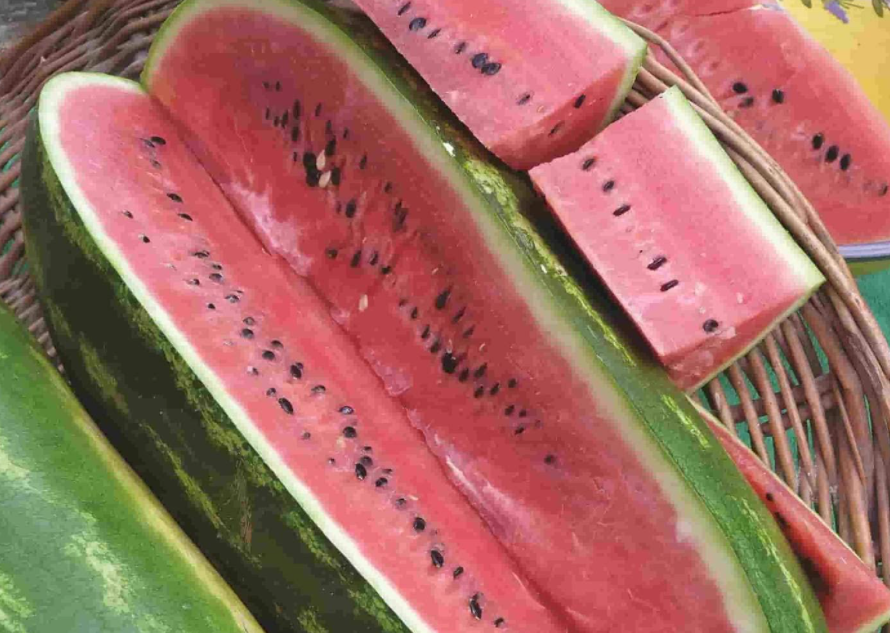
You can buy seeds from Urban Farmer, where you can select different sizes, such as a very affordable packet at around $3 to a five-pound (2.3 kilograms) pack of seeds for more than $100. Or perhaps, you’d like an improved strain from Reimer Seeds.
You can also check out:
If you want live plants, then you can check out the online sites of your favorite big-box retailers. For instance, Home Depot sells these live jubilee watermelon plants that you can order online.
Just remember that jubilee watermelons need a lot of room to grow, and these plants do not transplant well.
FAQs
Answer: There are several ways to determine if a jubilee watermelon is ripe. The first is to give it a knock. A ripe watermelon will sound hollow.
Also, look at the colors. A ripe watermelon will have very little contrast to its stripes. Also, if it’s not mature, the bottom part will have a white bottom instead of a yellow or cream-colored bottom.
You can also inspect the tendril. Green tendrils mean that your watermelon is not ready yet, but a dead tendril will signal a ripe fruit.
Answer: If you leave it uncut, you can safely store a watermelon for 10 or so days. But if you’ve already sliced the fruit, you will need to put it in the refrigerator and keep it wrapped in plastic.
Answer: Apart from adding boron, as we have suggested above, there are some things that you can try if you’re looking to have sweet jubilee watermelons for your enjoyment. The first is to lay off on the watering.
When your jubilee watermelons are young, you will want to give them a lot of water. Doing so will help the plant grow more vines. But once your jubilee watermelon produces fruit, give it less water.
This will force your plant to concentrate on producing sugars for the fruits. Your jubilee watermelon will not only be sweeter but will also have better flavors.
Before planting, you can also give the soil about four to six inches (10 to 41 centimeters) of composted manure. Further, if you want more fruits, you can put plastic mulch around your jubilee watermelon.
Plastic mulch will help prevent weeds from growing and competing with your watermelon, but this material will also help heat up the soil.
Enjoy Summer with Jubilee Watermelons Grown in Your Own Yard
We won’t lie, jubilee watermelons can be a bit difficult to care for, for a variety of reasons. This vine is a space hog, and you have to keep the soil properly moist while avoiding overwatering. Plus, you will have to worry about bacteria, fungi, insects, and animals feasting on your plant before you do.
However, one slice of its large fruits and you know it was well worth the effort.
Research Citations
- Bonnie Plants: Jubilee Watermelon
- Britannica: Fusarium wilt
- Cornell University Cooperative Extension: Soil Organic Matter
- Gardening Knowhow: Growing Jubilee Watermelons
- OSU Extension: Watermelon Production
- SFGate Home Guides: How to Grow Jubilee Watermelon
- SFGate Home Guides: Tips on Sweet Watermelon
- SFGate Home Guides: What to Use to Fertilize Watermelon
- The Old Farmer’s Almanac: Blossom End Rot
- The Old Farmer’s Almanac: Growing Watermelons
- The Spruce: Best and Worst Companion Plants for Watermelon
- The Spruce: Identifying and Controlling Cucumber Beetles and Their Larva
- The Spruce: Nasturtium Plant Profile
- University of Florida IFAS: Aphids
- YouTube: How to Create and Set up a Raised Row Garden in the Fall

